Elise Robinson: Untangling the roots of cause and effect
Even as a small child, geneticist Elise Robinson wondered why people think the way they do. Today, that question informs much of her autism research.
Portraits of scientists who are making a mark on autism research.

Even as a small child, geneticist Elise Robinson wondered why people think the way they do. Today, that question informs much of her autism research.

Alysson Muotri aims to build a ‘thinking’ brain as a model for autism — even if his colleagues consider that work controversial.

Damien Fair has a knack for transforming obstacles into opportunities, a trait that has brought trailblazing discoveries and admiration from colleagues.

David and Bernardo Sabatini, brothers born just a year and a half year apart, invent their way to answering big questions about autism.

From an app to diagnose autism to a crowdsourced project to map its prevalence, Dennis Wall is brimming with ambitious ideas. But his execution of these ideas leaves something to be desired, his critics say.
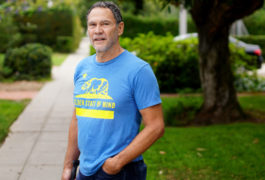
Eric Courchesne is known for his findings on brain size in autism. But the roots of his long career trace back to his own childhood disability.
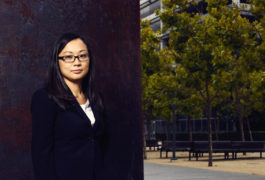
Parent, partner and professional — the need to fulfill all of these roles at once complicates Vanessa Bal’s life.
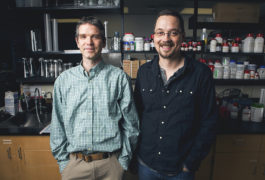
At the Mouse Imaging Centre in Toronto, Jacob Ellegood and Jason Lerch are taking on autism’s complexity by scanning the brain of every autism mouse model they can acquire.
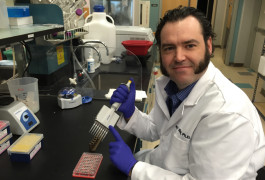
Brian O’Roak has helped to steer some of the largest, most complex studies of autism genetics to date.
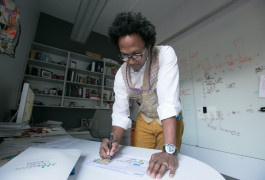
André Fenton is teasing out the role of the brain’s memory hub in autism to better understand why affected individuals may have trouble adapting to changing circumstances.






